Swarajists and No Changers
After Gandhi’s arrest (March 1922), there was disintegration, disorganisation and demoralisation among nationalist ranks. A debate started among Congressmen on what to do during the transition period, i.e., the passive phase of the movement.
Swarajists
- One section led by C R Das, Motilal Nehru and Ajmal Khan wanted an end to the boycott of legislative councils so that the nationalists could enter them to expose the basic weaknesses of these assemblies and use these councils as an arena of political struggle.
- They wanted to ‘end or mend’ these councils, i.e., if the Government did not respond to the nationalists’ demands, then they would obstruct the working of these councils.
- Their only intention was to use the councils as arena of political struggle; they had no intention to use the councils as organs for gradual transformation of colonial rule.
- Those advocating entry into legislative councils came to be known as the Swarajists.
No Changers
- The ‘No-changers’ opposed council entry
- They advocated concentration on constructive work, and continuation of boycott and non-cooperation.
- They also advocated quiet preparation for resumption of the suspended civil disobedience programme.
- This school of thought led by Vallabhbhai Patel, Rajendra Prasad, C. Rajagopalachari & M.A. Ansari came to be known as the ‘No-changers’.
Congress-Khilafat Swaraj Party
- The differences over the question of council entry between the two schools of thought resulted in the defeat of the Swarajists’ proposal of ‘ending or mending’ the councils at the Gaya session of the Congress (December 1922).
- C R Das and Motilal Nehru resigned from the presidency and secretaryship respectively of the Congress
- They announced the formation of Congress-Khilafat Swarajya Party, with C R Das as the president and Motilal Nehru as one of the secretaries.
- Both sides wanted to avoid a 1907 type split and realised the significance of putting up a united front to get a mass movement to force the Government to introduce reforms
- Both sides also accepted the necessity of Gandhi’s leadership of a united nationalist front.
- Keeping these factors in mind, a compromise was reached at a meeting in Delhi in September 1923.
- The Swarajists were allowed to contest elections as a group within the Congress.
- The Swarajists accepted the Congress programme with only one difference—that they would join legislative councils. The elections to the newly constituted Central Legislative Assembly and to provincial assemblies were to be held in November 1923.
- The Swarajist Manifesto for Elections Released in October 1923, the manifesto took a strong anti-imperialist line. It said –
- the guiding motive of the British in governing India is to secure selfish interests of their own country
- the so-called reforms are only a blind to further the said interests under the pretence of granting a responsible government
- the real objective being to continue exploitation of the unlimited resources of the country by keeping Indians permanently in a subservient position to Britain.
- the Swarajists would present the nationalist demand of self-government in councils
- if this demand was rejected, they would adopt a policy of uniform, continuous and consistent obstruction within the councils to make governance through councils impossible;
- councils would thus be wrecked from within by creating deadlocks on every measure.
In the November 1923 elections, the Swarajists had managed to win 42 out of 141 elected seats and a clear majority in the provincial assembly of Central Provinces.
Major Achievements of Swarajists
- With coalition partners, they outvoted the Government several times, even on matters relating to budgetary grants, and passed adjournment motions.
- A noteworthy achievement was the defeat of the Public Safety Bill in 1928 which was aimed at empowering the Government to deport undesirable and subversive foreigners
- As the Government was alarmed by the spread of socialist and communist ideas and believed that a crucial role was being played by the British and other foreign activists being sent by the Commintern
But by 1924, the Swarajist position had weakened because of widespread communal riots, split among Swarajists themselves on communal and Responsivist, Non-responsivist lines; the death of C.R. Das in 1925 weakened it further.
Constructive Work by No-Changers
- Ashrams sprang up where young, men and women worked, among tribals and lower castes (especially in Kheda and Bardoli areas of Gujarat), and popularised charkha and khadi.
- National schools and colleges were set up where students were trained in a non-colonial ideological framework.
- Significant work was done for Hindu-Muslim unity, removing untouchability, boycott of foreign cloth and liquor, and for flood relief.
- The constructive workers served as the backbone of civil disobedience as active organisers.
For more updates, explore the Ancient India History. Feel free to share your thoughts and comments.
If you’re passionate about building a successful blogging website, check out this helpful guide at Coding Tag – How to Start a Successful Blog. It offers practical steps and expert tips to kickstart your blogging journey!


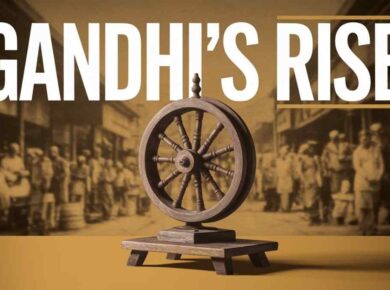
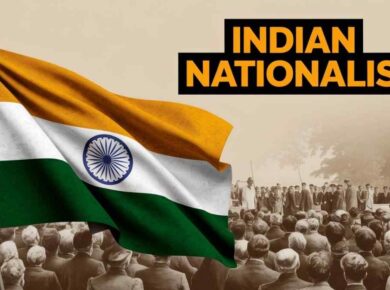
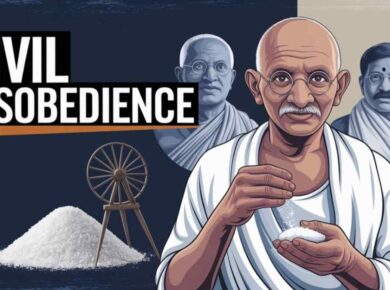
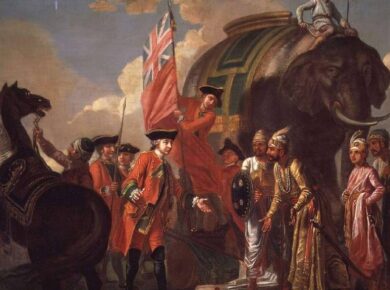
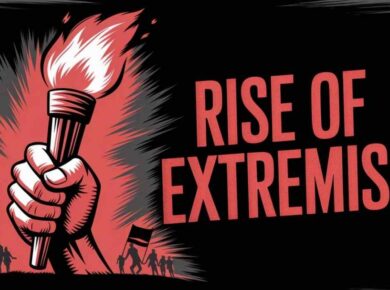
3 comments
thankyou very much to share the knowledge.
ice
nice